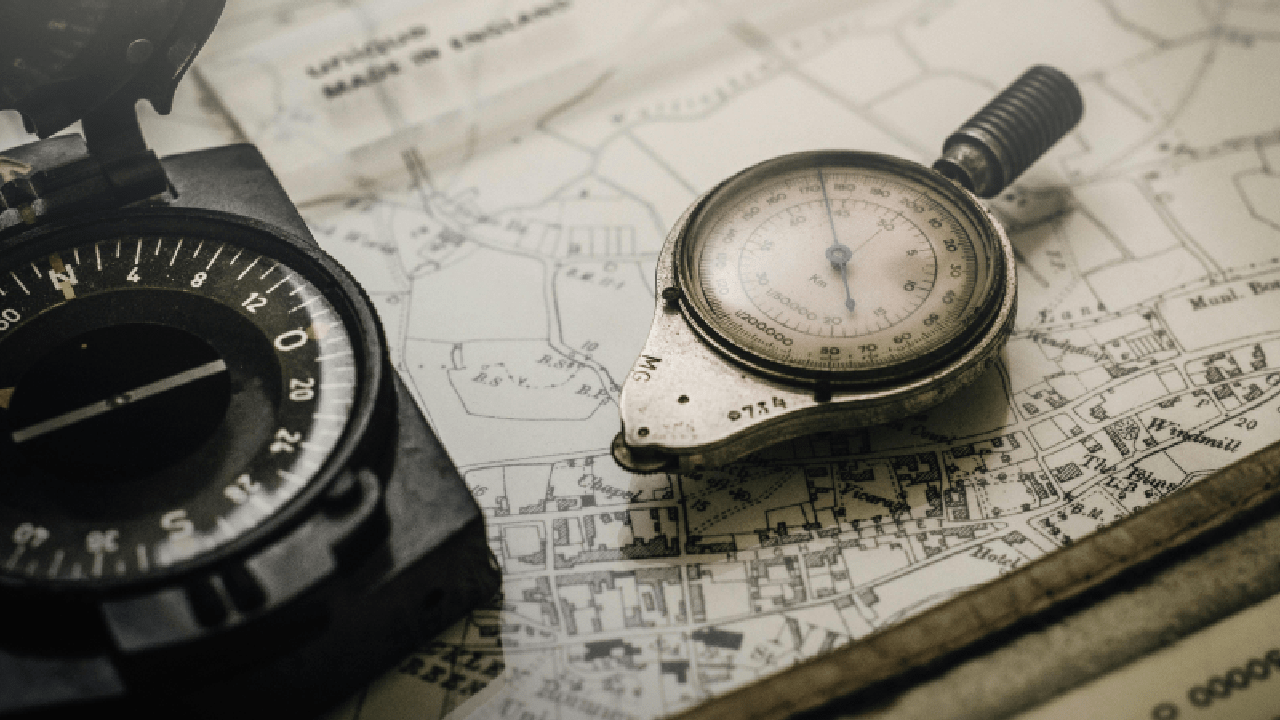Crafting Fantasy Maps: A Guide for Epic Storytelling and World-Building

In epic and high fantasy, the territory often becomes a character in its own right. A map can reveal much about your world’s culture, history, and conflicts. By giving readers a visual representation of the action’s setting, maps make it easier to understand the stakes, relationships, and logistics of your story.
Maps can also serve narrative functions, such as:
Highlighting poignant moments: Mark battle sites, lost characters, or significant locations.
Explaining conflicts: For example, showing a country bordering a desert with little fertile land provides context for territorial expansion or wars.
Showcasing magical elements: Include areas rich in magic, places where magical creatures thrive, or territories shaped by dominant magical elements.
Revealing cultural or economic tensions: Show trade routes, forests for lumber, or mines for minerals to add layers of realism.
Key Elements for a Fantasy Map
The elements you include depend on your story’s scope and focus.
1. For Political or War-Focused Stories:
Terrains: Highlight mountains, forests, rivers, and deserts that could influence strategies.
Boundaries: Clearly mark borders between countries or territories to emphasize political tensions.
Leverage points: Indicate ambush locations, fortresses, or supply routes.
Weather conditions: Show areas affected by specific climates or seasonal changes that impact battles.
2. For Localized or Character-Centric Stories:
City maps: Place important locations like inns, guilds, marketplaces, and landmarks relevant to your characters.
Cultural markers: Add Easter eggs, such as statues of legendary heroes or historical sites and ruins.
3. For Magic-Infused Worlds:
- Magical zones: Define areas rich in specific types of magic or places where magic is scarce.
- Magical creatures: Show territories where unique creatures reside, adding depth to your world’s ecology.
How to Design a Fantasy Map
1. Start Small
You don’t need to map the entire world immediately. Focus on the region where your story takes place. As your plot expands, your map can grow with it.
2. Use Real Geography as Inspiration
Realistic geography creates immersion. Study real-world maps to understand the placement of mountains, rivers, and cities. For example:
Rivers often flow from mountains to seas.
Towns usually develop near water sources, trade routes, or natural resources.
Medieval towns often had circular designs centered around community hubs.
Once you understand the basics, you can layer in magical or fantastical elements.
3. Match the Map to Your Genre
Your map’s design should complement the tone of your story:
Epic/High Fantasy: Use aesthetics inspired by antique maps, with decorative borders, elaborate lettering, and hand-drawn symbols.
Futuristic/Isometric Maps: Opt for sleek, geometric designs with a digital feel.
4. Choose the Right Tools
For aspiring authors, programs like Inkarnate offer an easy entry point into map design. More advanced users can explore 3D tools like Blender or game design programs like Unity, which can help visualize and even animate parts of your world. However, simplicity is key—don’t let the map-making process overshadow your writing.
World-Building Tips for Map Creation
1. Consider Economy and Trade
Think beyond the surface of your world. Trade routes, natural resources, and access to water are critical for creating realistic civilizations. For example:
A country rich in lumber might become a shipbuilding powerhouse.
A desert nation might depend on trade for food, leading to conflicts over caravan routes.
2. Think About Flora and Fauna
If your world includes unique magical plants or creatures, their habitats should align with the environment. Research real-world climates to determine where these elements might thrive, then adapt them to suit your fantasy.
3. Tie the Map to Your Story
Your map should reflect your story’s key events and themes. For example:
Mark the path of a hero’s journey or a significant battle site.
Include areas tied to your characters’ backstories or motivations.
Common Mistakes and How to Avoid Them
Overcrowding the Map:
A cluttered map can confuse readers. Only include elements relevant to your story.Unrealistic City Layouts:
Avoid designing cities with perfect grids or placing towns randomly. Think about where people would logically settle.Ignoring Scale:
Ensure distances make sense. If your characters travel by foot or horse, account for how long it would realistically take.Neglecting Reader Engagement:
The map should enhance your story, not overshadow it. Avoid unnecessary complexity.
Engaging Readers with Your Map
Maps are more than functional—they can be used to draw readers deeper into your world. Consider:
Including your map in promotional materials or social media posts.
Annotating key points on your map with fun tidbits or backstory for fans.
Offering a printable or interactive version of the map for dedicated readers.
Final Thoughts
A fantasy map is more than a visual aid—it’s a storytelling device that enhances immersion, supports the plot, and adds depth to your world-building. By focusing on realism, plot relevance, and reader engagement, you can create maps that elevate your story and leave a lasting impression on your audience.
Let your imagination shape your world—one map at a time.
